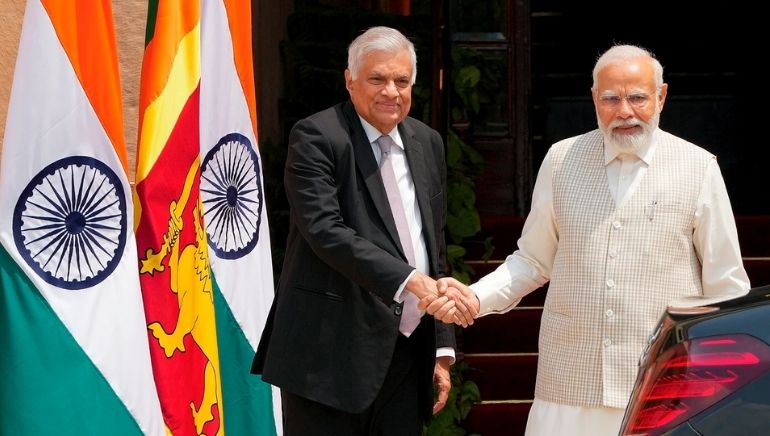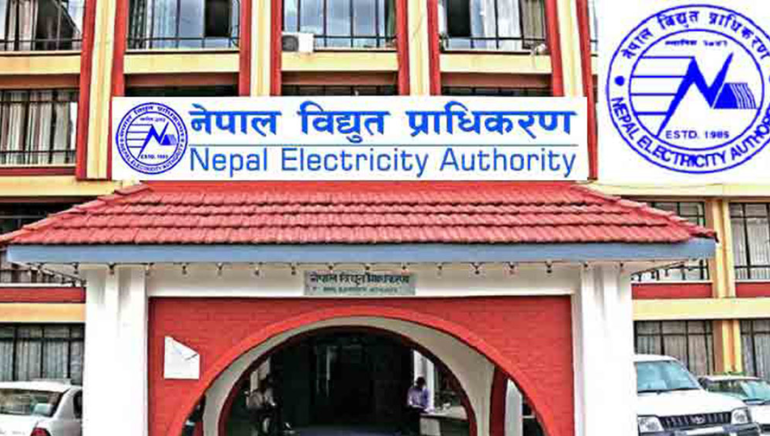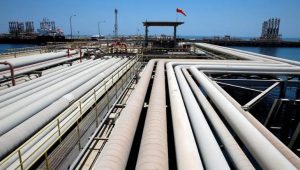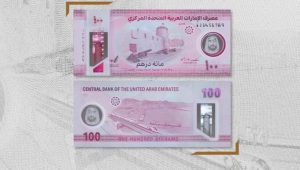South Africa is poised to reclaim its position as Africa’s largest economy, a title currently held by Nigeria. This shift in economic standings is attributed to a combination of South Africa’s consistent economic growth and Nigeria’s challenges in maintaining its rapid expansion.
Over the years, South Africa has embarked on various reforms and initiatives aimed at boosting its economy. The country has seen substantial growth in sectors such as manufacturing, technology, and services. Investments in infrastructure and a focus on diversifying the economy have also played crucial roles in this upward trajectory.
On the other hand, Nigeria, despite being rich in resources, particularly oil, has faced numerous challenges that have hindered its economic progress. Issues such as political instability, corruption, and inadequate infrastructure have all contributed to its economic woes. Additionally, the fluctuating oil prices on the global market have had a significant impact on Nigeria’s economy, given its heavy reliance on oil exports.
As South Africa continues on its path of steady economic growth and development, it is set to surpass Nigeria, showcasing the strength and resilience of its economy. This potential shift is not just a testament to South Africa’s economic prowess but also highlights the need for stability and diversification in fostering economic growth across the continent.






















